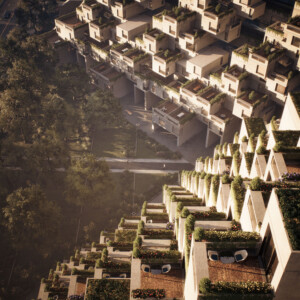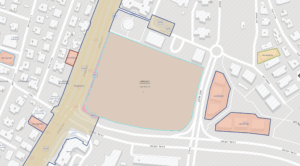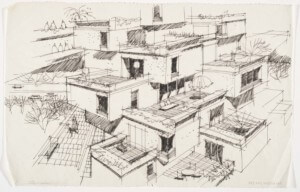The Holy City of Jerusalem is known for its hilly geography and the narrow, winding roads that delineate distinct Jewish, Arab and Christian neighborhoods. The city fabric nonetheless requires both visitors and residents to cross borders, whether to see various holy sites or to get to the market.
Ronnie Ellenblum, a sociology professor at Hebrew University, describes this Old City layout as requiring “that you pass through all sorts of places before you reach your destination, mingling, feeling lost, ultimately finding yourself.” However, this feeling of self-discovery in the Old City is set to be altered; Israeli authorities have approved plans for a cable car system that would fly visitors high above the city skyline, with lines corresponding specifically to Jewish heritage pilgrimage routes.
While Moshe Safdie, the renowned Israeli-born architect, calls the project “A total outrage against a fragile city,” as well as “An aesthetic and architectural affront,” the criticisms go far deeper than just the unimaginatively modern glass-and-steel aesthetics. The locations for stations, and the sites and neighborhoods set to be serviced, boil down to be controversial choices from all angles within the context of the Holy City.
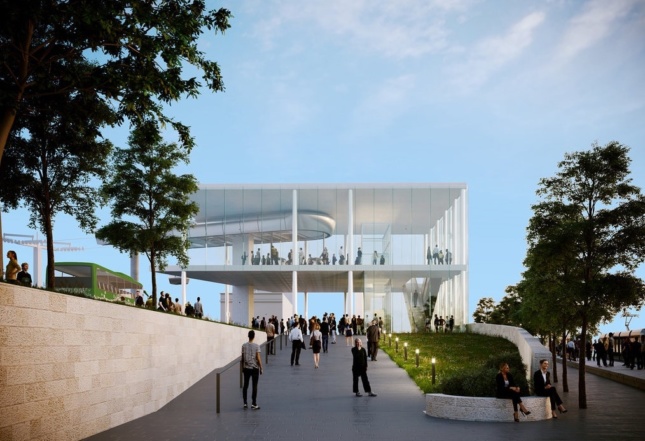
Right-wing Israeli leaders have hailed the concept as a sustainable solution to the problems of vehicular traffic in the city, congested by ever-increasing numbers of pilgrims and tourists. However, the current cable car plan curates a certain “City of David” program over the city, as large-scale urban planning and transportation has the power to fundamentally change how cities are traversed and dictate what people see, how they see it, and how it’s remembered.
The plan includes a standard station architecture of raised glass boxes that would rest on pylons at high points and hills, beginning in a Jewish neighborhood, swooping downwards towards Mount Zion, and finally landing at the Western Wall.
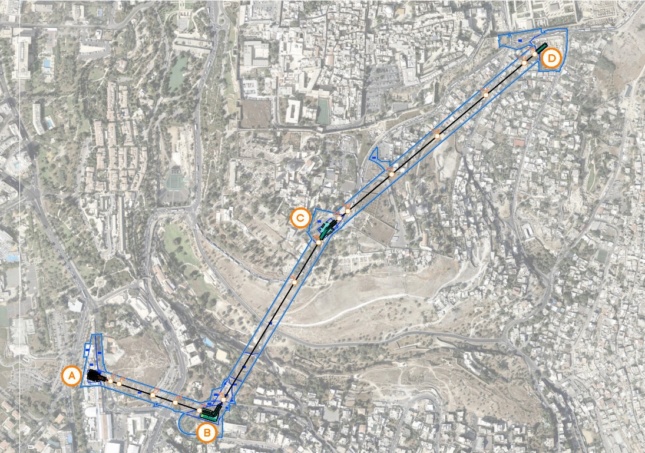
The new transit system would fundamentally alter the visual experience of the ancient city, juxtaposing the low yellowed-brick walls with the ubiquitous international glass box aesthetic, rising high above them and crisscrossing the streetscape. The architect of the station, Mendy Rosenfeld, believes it’s a matter of taste and execution, but also admits that “there is no way you can hide a cable car system.”
Rosenfeld and supporters of the design cite I.M. Pei’s famous pyramid at the Louvre, and specifically the backlash the design received in advance of its international recognition. Yet Paris is not the crossroads of three major religions.
While Israeli governments have historically been hypersensitive to aesthetic changes to the city, the current body is taking a more progressive stance towards the built environment. With approvals for 40-story skyscrapers as well as a new office park, it seems like city officials are interested in keeping up with other rapidly growing commercial cities. But the choices in taste and architectural style continue to dominate not just architecture conversations, but international politics. Whether it’s traditional Jewish West Jerusalem cladding or shiny glass-and-steel pavilions, the choices in how the world sees and experiences the built environment today have implications far beyond form and function.








